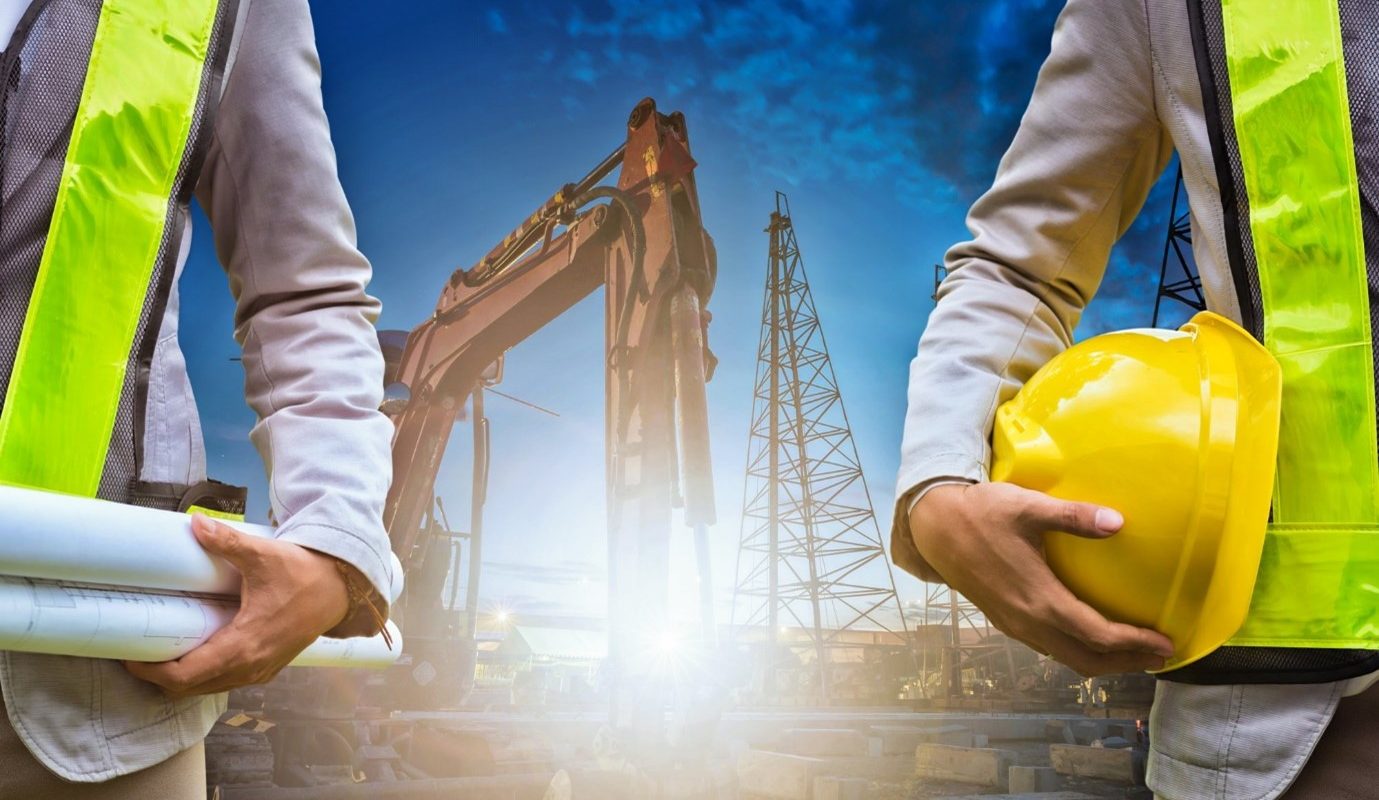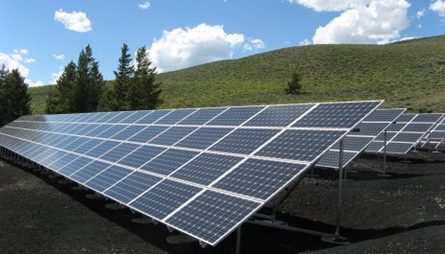Did you know that construction sites are some of the most dangerous workplaces in the world?
Thousands of construction workers die from preventable work accidents. Thousands more suffer serious injuries, to the point that they’re no longer able to work.
But what kinds of risks are construction workers exposed to? And how can you, as a supervisor, ensure that you keep your workers safe? We got you covered. Read on to learn how to create a safe construction site! Let’s get started!
Establishing Protocols
One of the most important things you can do to create a safe construction site is to establish protocols for all aspects of the work. It’s also important to create a comfortable environment.
This includes protocols for:
Equipment Use
Equipment use is an important part of creating a safe construction site. Make sure to inspect any equipment before use to make sure that it is up to date with safety standards and in good working order.
Caring for employees starts with providing safety equipment. If a piece of equipment is defective, it should be removed from service until it is repaired or replaced.
Workers should always follow the manufacturer’s operational guidelines and safety procedures. Equipment operators should be properly trained and knowledgeable regarding the storage, assembly, and operation of the machines.
You can even check out this link and click for portable restroom trailers to provide employees with sanitary restrooms. This will ensure that they are well-provided with their needs while working in construction sites.
Hazard Identification and Mitigation
Creating a safe construction site begins with identifying hazards and putting together an effective hazard mitigation plan. This plan begins with the initial job site inspection. It is where you can identify and document any potential hazards or safety issues.
From there, a safety plan should be put together that includes a job timeline, safety protocols, and information on how to use construction equipment safely. Proper training should be provided to everyone working on the job, including contractors, subcontractors, and employees of the company.
Emergency Response
Creating a safe construction site requires careful planning and diligence. One of the most important steps is to have a robust emergency response plan in place. This should include but not be limited to:
- Identifying and evaluating potential hazards
- Mapping out areas with the highest danger levels
- Having procedures in place
Another important consideration is to ensure there is appropriate emergency equipment on site for use in the case of an emergency. Always have the following ready:
- First aid kits
- Fire alarms
- Fire extinguishers
It’s necessary to make sure the workers have a clear understanding of the emergency response procedures.
Incident Reporting
To ensure a safe construction site, incident reporting should be a priority. All incidents, from minor injuries to major ones, should be reported in a timely manner.
Employees should be trained on how to properly respond to an incident, and there should be a designated person on site to report all incidents to, such as a health and safety officer. It is important to ensure that all equipment and safety gear is regularly inspected and that workers are trained in all relevant safety procedures.
All hazardous materials should be clearly labeled, and workers should never be exposed to potentially harmful environments without safety equipment. Proper incident reporting can help create a safe construction site.
By establishing clear and concise protocols for all aspects of the work, you can help to create a safe and productive construction site.
Training on Safety Regulations
Creating a safe construction site requires a commitment to safety and training on safety regulations. Employees should be trained on job site safety policies and procedures. Educate them about the implications of the tools and equipment they use.
Promoting a Culture of Safety
Safety training starts at the top. Project managers and supervisors should undergo specialized training not only to ensure their own safety but to lead by example.
When leaders prioritize safety, it filters down to the entire workforce. This helps foster a culture of accountability and vigilance.
Tailoring Training Programs
Construction sites are diverse in their activities, and each task comes with its unique set of risks. Tailor training programs to address these specific challenges. Regardless of the job, the training curriculum should be comprehensive and detailed.
Staying Current With Regulations
Safety regulations are not static. They evolve with advancements in technology and changes in industry standards. Training programs should be periodically updated to reflect these changes, ensuring that your workforce remains compliant and informed.
Establishing Emergency Plans
In addition to establishing protocols for all aspects of the work, it is also important to have a plan in place for responding to emergencies. This plan should be specific to the construction site and should address the following:
Types of Emergencies That Could Occur
What types of emergencies are most likely to occur on the construction site? This could include fires, falls, hazardous materials spills, and natural disasters.
Responsibilities of Key Personnel
Who will be responsible for leading the response to each type of emergency? This could include the site supervisor, the safety manager, and the emergency medical team.
Evacuation Procedures
How will you be evacuating workers and visitors from the site in the event of an emergency? This should include a designated evacuation route for each area of the site.
Communication Procedures
How will workers and visitors communicate with each other in the event of an emergency? This could include a designated radio frequency or a text message system.
Emergency Medical Procedures
What medical procedures treat injuries in the event of an emergency? This should include the location of first aid kits and the contact information for emergency medical services.
By establishing a detailed emergency plan, you can help to ensure that your construction site can respond to any emergency that may occur.
Create a Safe Construction Site Starting Today
Creating a safe construction site includes using proper tools and equipment and providing training to workers. Safe construction sites require oversight and mindful actions, and a supervisor must remain vigilant in enforcing safety practices.
Embrace awareness and safety on your construction site today to protect and build a better future. Now is the time to get started!
Did you find this article helpful? Check out the rest of our blogs!

